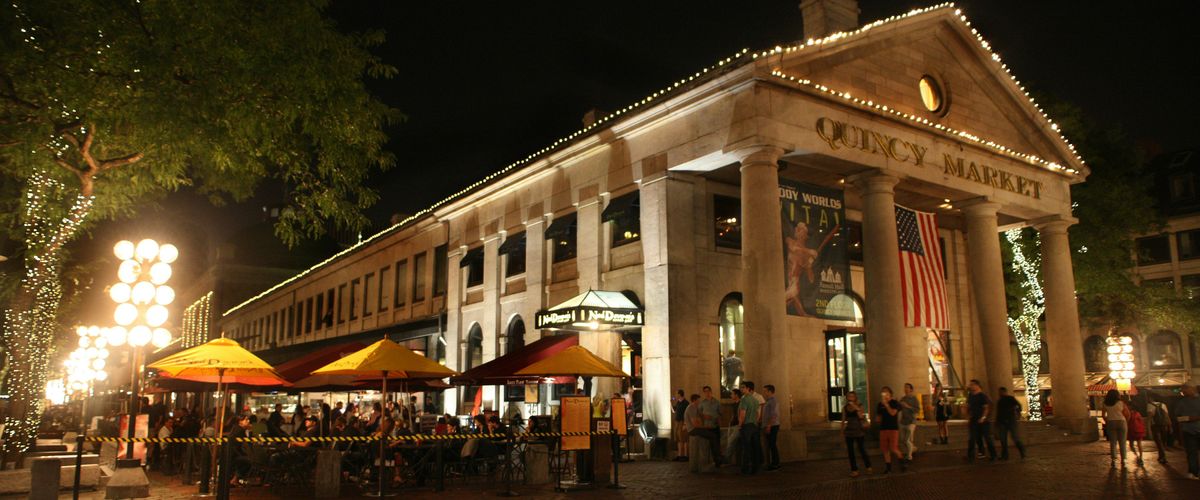On November 14th, three experts across biology, archaeology, and American studies converged at the Initiative on Cities to present on Boston’s hidden histories, whether physically hidden under the ground or figuratively hidden from documentation.
Ian Stevenson, a Ph.D. candidate in American & New England Studies Program at Boston University, presented on the class war behind Boston Common, America’s oldest park. From its inception in the 17th century, the Common represented the concept of shared space.; its heritage reflected “both the best English tradition of common land and the ideals of American exceptionalism and democracy.” It served as a place for a common site of production; anyone could use the open space to feed their livestock, host parties, or even clean their carpets.
Eventually, conflict over the class use of the common land peaked in the first two decades of the 19th century. Stevenson noted how Boston’s upper class sought “garden and leisure areas in which to exercise their class sensibilities, borrowed from European models, [and] wanted to eliminate work from the landscape.” Eventually, the cows and carpets disappeared from the Common. The upper class also pressured Boston’s streetcars to disappear from Park Street’s busy landscape and hide underground to reduce noise and traffic, thus creating America’s first subway. Stevenson highlighted how America’s oldest park and subway both give a peek into Boston’s hidden histories of class warfare over the concept of a common space.
Joe Bagley, an archaeologist for the city of Boston, spoke on how he fills in the gaps of Boston’s hidden stories underneath the ground. Bagley has studied trash from centuries ago and found shoes, writing ink, medicine bottles, and more, all which tell stories about the people who lived nearby. When restoring a Malcolm X landmark in Roxbury, Bagley recovered not only artifacts from the 1940s and 50s, but even stumbled upon thousands of 18th century artifacts, such as a nautical Chinese porcelain bowl from a wealthy family. Completely taken by surprise, Bagley joked that “it’s a little embarrassing, as an archaeologist, to be on a site where you’re basically lost in time and space,” but it’s amazing to uncover multiple stories in one backyard. Bagley hopes to continue to uncover more Native American artifacts and ensure their hidden stories are told throughout Boston.
Robinson Fulweiler, an associate professor of biology at Boston University, kicked off her presentation with an ode to diatoms, or ficoplankton that make their houses out of silica, the most abundant element found in the earth’s crust as well as within organisms. Fulweiler utilizes silica to estimate the human impact around Boston Harbor. Boston used to be much smaller, but residents claimed coastal tidal flats and salt marshes to turn them into structurally sound land. Filled with gravel, food debris, and lumber, which are packed with silica, this man-made land leaves a silica footprint that Fulweiler measures to find its geologic effects on the Boston’s coast and water supply.
Stevenson, Bagley, and Fulweiler’s projects all work to uncover Boston’s hidden histories, from underground subways to undocumented artifacts. Their research demonstrates the need to highlight the past stories of communities, especially marginalized communities, and illuminate their impact on what’s happening today.

